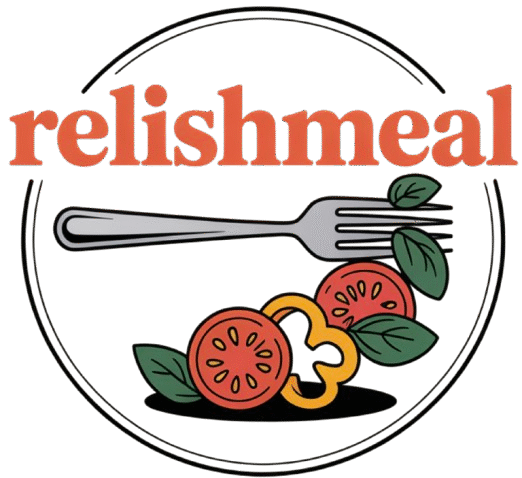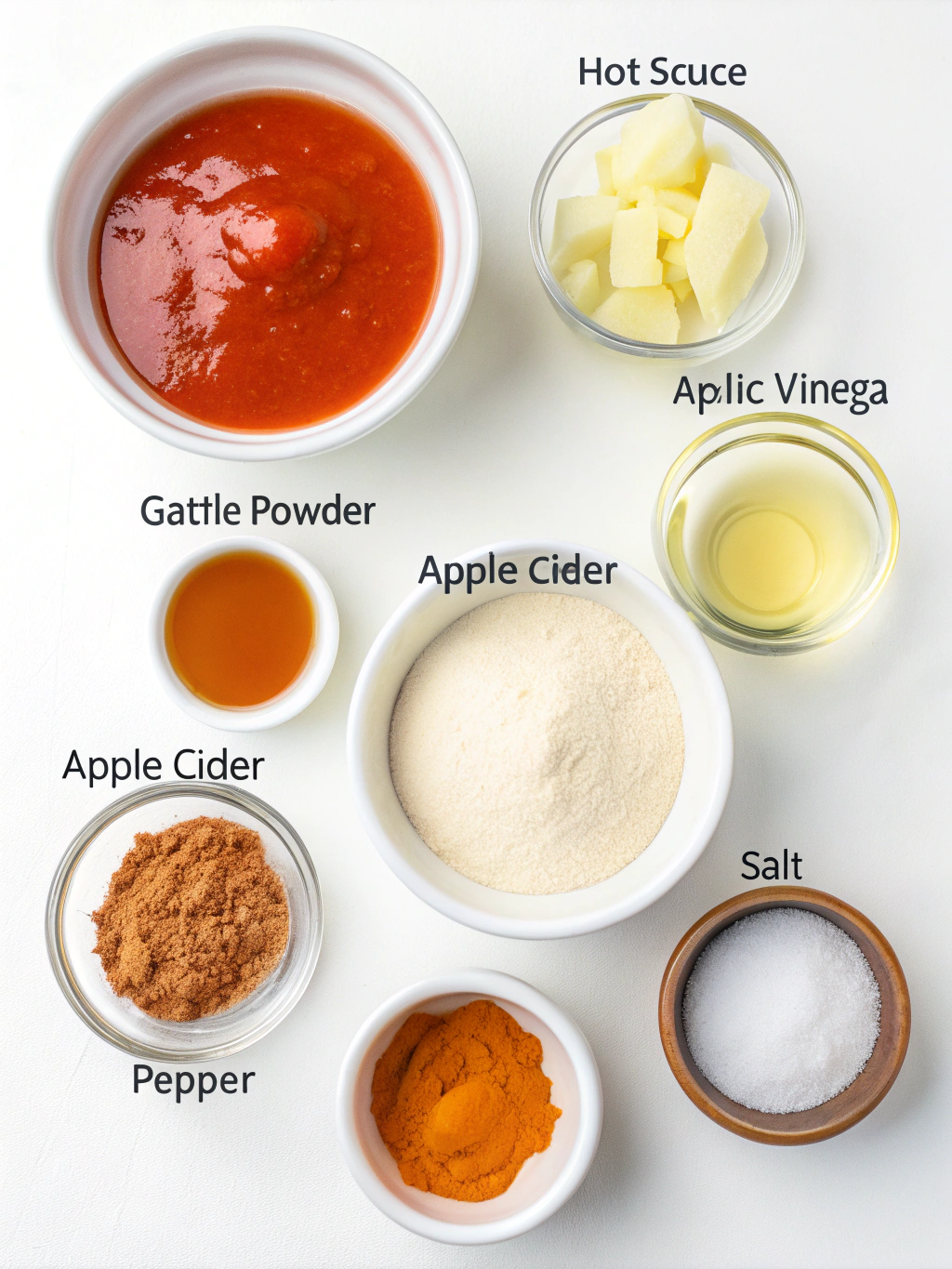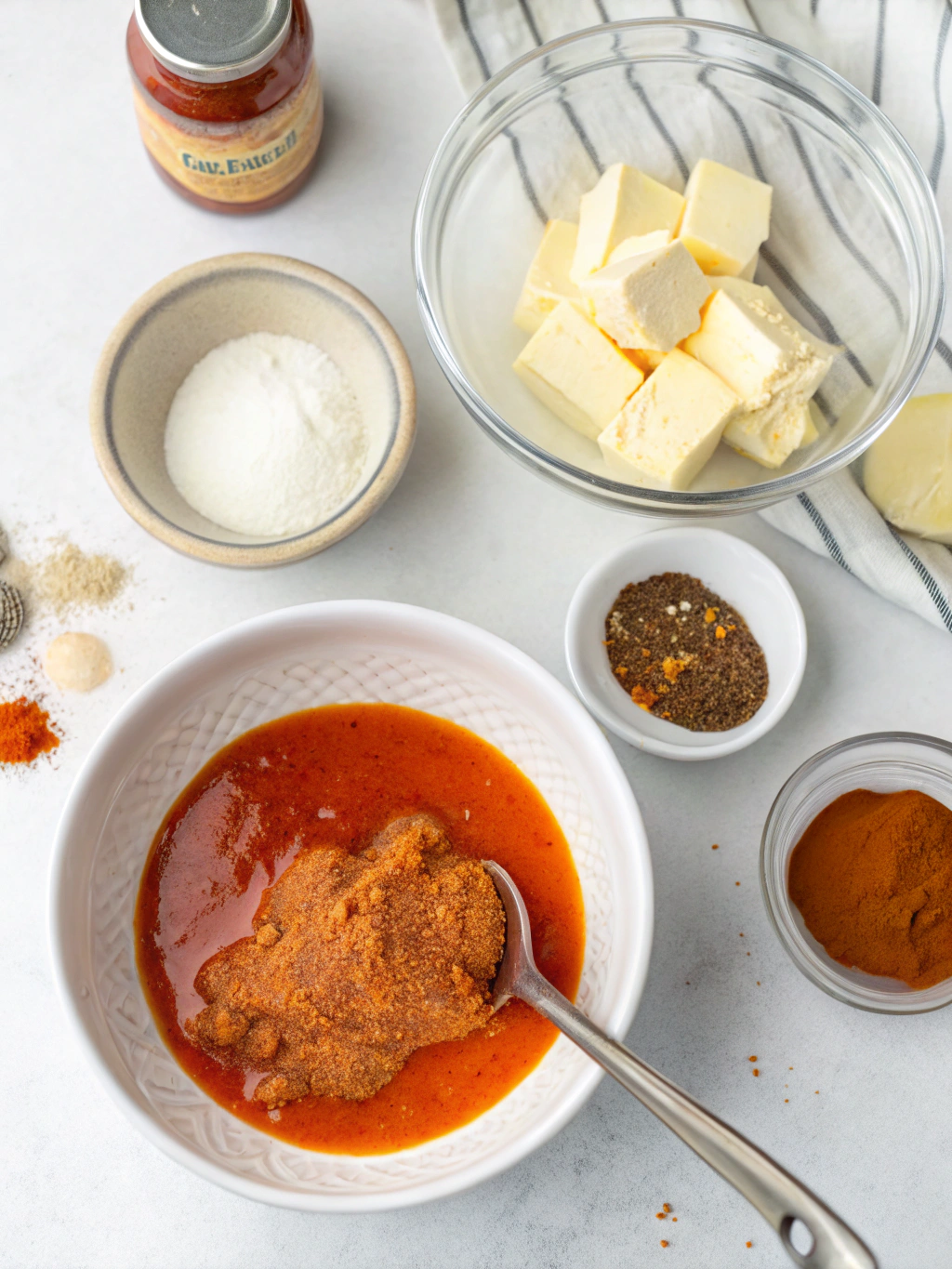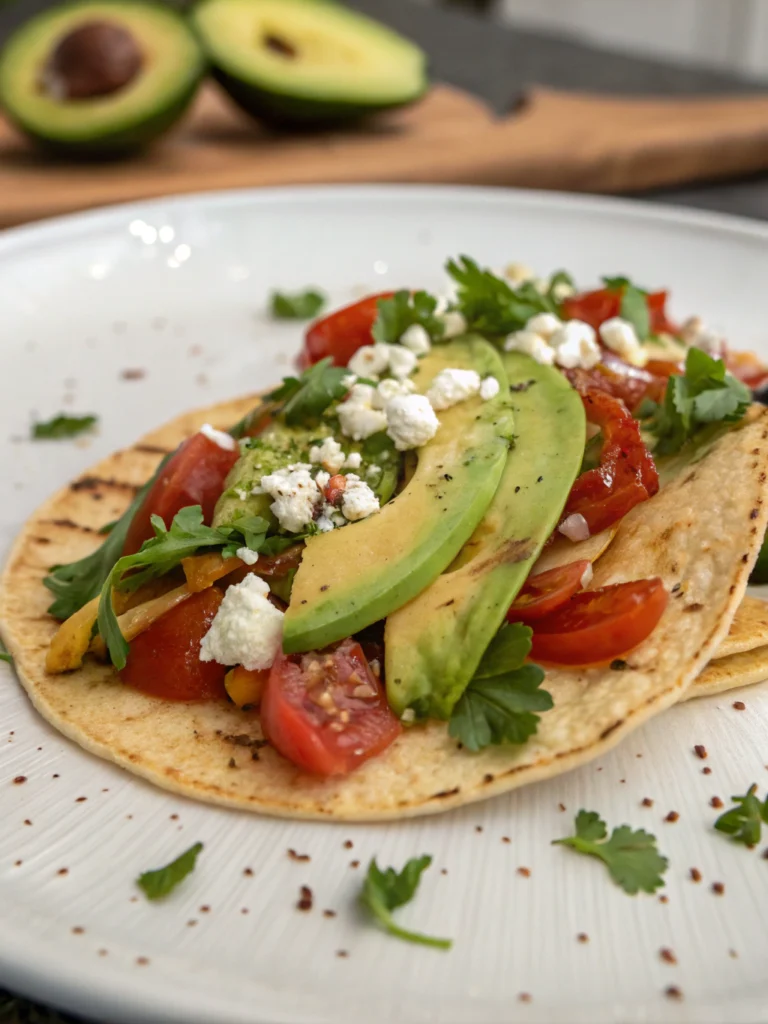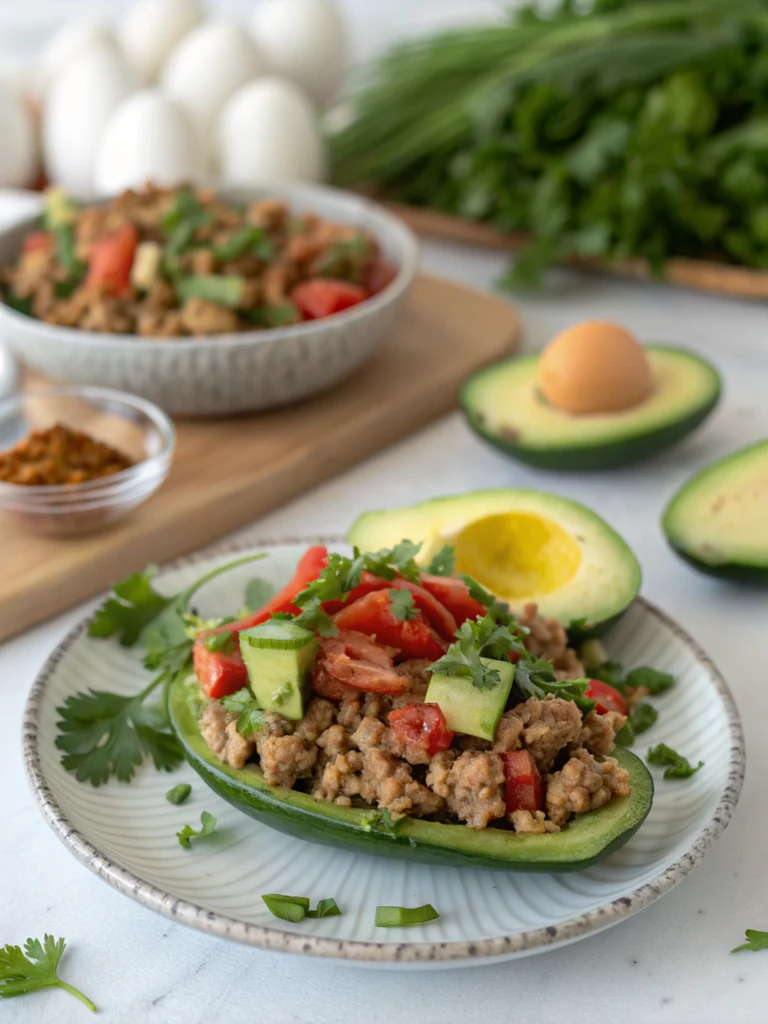Keto Buffalo Sauce: The Ultimate Low-Carb Spicy Condiment
Ever wondered if you can enjoy the fiery kick of buffalo sauce while sticking to your ketogenic diet? Many store-bought versions hide surprising amounts of sugar and carbs that can derail your low-carb lifestyle. But what if you could create a delicious keto buffalo sauce at home that delivers all the flavor without the hidden carbs?
This homemade keto buffalo sauce recipe combines the perfect balance of heat, tanginess, and richness while keeping carbs to an absolute minimum. Whether you’re drizzling it over wings, using it as a dipping sauce, or adding a kick to your favorite proteins, this sauce will become your new keto kitchen staple.
Ingredients List
Creating the perfect keto buffalo sauce requires just a handful of simple ingredients that work together to deliver that signature spicy, tangy flavor profile without unwanted carbs. Here’s everything you’ll need:
- 1/2 cup unsalted butter (grass-fed preferred for extra nutrients)
- 2/3 cup hot sauce (Frank’s RedHot Original is a popular keto-friendly choice)
- 1 tablespoon white vinegar (apple cider vinegar works as a substitute)
- 1/4 teaspoon garlic powder (or 1 fresh minced garlic clove for more intense flavor)
- 1/4 teaspoon onion powder
- 1/2 teaspoon paprika (smoked paprika adds an extra dimension)
- 1/4 teaspoon cayenne pepper (adjust according to your heat preference)
- 1 tablespoon heavy cream (optional, for a creamier texture)
- Salt to taste (usually not needed as hot sauce contains sodium)
Timing
One of the best things about this keto buffalo sauce is how quickly it comes together, allowing you to satisfy your spicy cravings without spending hours in the kitchen.
Preparation time: 2 minutes (just gathering and measuring ingredients)
Cooking time: 5 minutes (30% faster than most homemade sauce recipes)
Total time: 7 minutes
Cooling time: 10-15 minutes (optional but recommended for flavor development)
Step-by-Step Instructions
Follow these simple steps to create the perfect keto-friendly buffalo sauce that will elevate any dish from ordinary to extraordinary.
Step 1: Melt the Butter
In a small saucepan, melt the butter over medium-low heat. Be careful not to brown the butter as this can alter the flavor profile. The slow melting process helps create a smooth base for your sauce.
Step 2: Add Hot Sauce
Once the butter is completely melted, pour in the hot sauce and stir to combine. The mixture will immediately turn a vibrant orange color. Keep the heat low to prevent separation and maintain a silky texture.
Step 3: Incorporate Seasonings
Add the white vinegar, garlic powder, onion powder, paprika, and cayenne pepper to the saucepan. Whisk continuously to ensure all ingredients are well incorporated and no clumps remain.
Step 4: Simmer and Develop Flavors
Allow the sauce to simmer gently for 2-3 minutes, stirring occasionally. This brief cooking period helps the flavors meld together while maintaining the sauce’s vibrant character. The aroma should be tangy and spicy—a sign your sauce is developing properly.
Step 5: Add Optional Cream (if desired)
If you prefer a creamier buffalo sauce, slowly whisk in the heavy cream. This addition creates a slightly milder, richer sauce while adding minimal carbs. For a dairy-free option, you can substitute coconut cream.
Step 6: Cool and Store
Remove the sauce from heat and allow it to cool slightly before transferring to a glass jar or container. The sauce will thicken somewhat as it cools, reaching the perfect consistency for coating wings or using as a dip.
Nutritional Information
This keto-friendly buffalo sauce is not only delicious but also fits perfectly into a low-carb lifestyle. Here’s the nutritional breakdown per 2-tablespoon serving:
Calories: 102
Total Fat: 11g
Saturated Fat: 7g
Cholesterol: 30mg
Sodium: 460mg
Total Carbohydrates: 0.5g
Dietary Fiber: 0g
Sugars: 0.3g
Protein: 0.2g
With less than 1g of carbs per serving, this sauce is 98% lower in carbohydrates than many commercial buffalo sauces, which can contain 2-4g of carbs per serving due to added sugars and thickeners.
Healthier Alternatives for the Recipe
While this recipe is already keto-friendly, there are several modifications you can make to suit different dietary needs or preferences:
For dairy-free: Replace butter with ghee (clarified butter, which has the milk solids removed) or use a combination of avocado oil and coconut oil for a completely dairy-free alternative.
For lower sodium: Choose a low-sodium hot sauce and skip adding any additional salt. You can enhance flavor with extra spices like paprika and garlic instead.
For probiotic benefits: Use raw apple cider vinegar with “the mother” instead of white vinegar to add beneficial bacteria and enzymes to your sauce.
For extra nutrition: Add a teaspoon of nutritional yeast for a B-vitamin boost and subtle umami flavor that complements the spiciness.
Serving Suggestions
This versatile keto buffalo sauce can elevate numerous dishes beyond the classic chicken wings. Here are some creative ways to incorporate it into your keto meal rotation:
Keto Buffalo Cauliflower: Toss roasted cauliflower florets in the sauce for a vegetarian alternative to buffalo wings that’s equally satisfying.
Buffalo Chicken Dip: Mix the sauce with cream cheese, shredded chicken, and cheddar for an irresistible party dip that’s perfect with celery sticks or keto crackers.
Buffalo Deviled Eggs: Add a splash to your deviled egg filling for a spicy twist on this keto-friendly snack.
Buffalo Salmon: Brush the sauce on salmon fillets before baking for a spicy-tangy flavor profile that pairs beautifully with the rich fish.
Buffalo Ranch Dressing: Mix with keto-friendly ranch dressing for a versatile condiment that works on salads, wraps, or as a dipping sauce.
Common Mistakes to Avoid
- Overheating the sauce: Cooking buffalo sauce at too high a temperature can cause the butter to separate, resulting in a broken, greasy sauce. Always use low to medium-low heat.
- Using the wrong hot sauce: Not all hot sauces are created equal when it comes to carb content. Always check labels, as some contain added sugars that can increase the carb count significantly.
- Skipping the cooling period: Allowing the sauce to cool slightly before using helps it thicken to the perfect consistency and allows flavors to fully develop.
- Improper storage: Storing in plastic containers can lead to staining and potential leaching. Glass containers are always preferable for acidic sauces.
- Not adjusting heat levels: The cayenne pepper amount should be customized to your preference. Start with less if you’re sensitive to heat—you can always add more.
Storing Tips for the Recipe
Proper storage ensures your homemade keto buffalo sauce maintains its flavor and quality for as long as possible:
Refrigeration: Store in an airtight glass container in the refrigerator for up to 2 weeks. The butter will solidify when cold, creating a thicker consistency.
Reheating: When ready to use refrigerated sauce, gently warm it in a microwave for 10-15 seconds or in a small saucepan over low heat. Stir well to recombine any separated ingredients.
Freezing: For longer storage, freeze the sauce in ice cube trays, then transfer the frozen cubes to a freezer bag. This method allows you to thaw only what you need. Frozen buffalo sauce maintains quality for up to 3 months.
Portion control: Consider storing in small containers if you typically use small amounts at a time. This prevents repeated warming and cooling of the entire batch, which can degrade quality.
Conclusion
Creating your own keto buffalo sauce at home gives you complete control over ingredients while ensuring you stay within your carb limits. With its perfect balance of spicy, tangy, and buttery flavors, this sauce proves that following a ketogenic diet doesn’t mean sacrificing bold, satisfying tastes.
Have you tried making this keto-friendly buffalo sauce? Share your experience in the comments below, or tag us in your spicy keto creations on social media! And if you enjoyed this recipe, be sure to check out our other keto-friendly condiment recipes that can transform your low-carb meals from ordinary to extraordinary.
